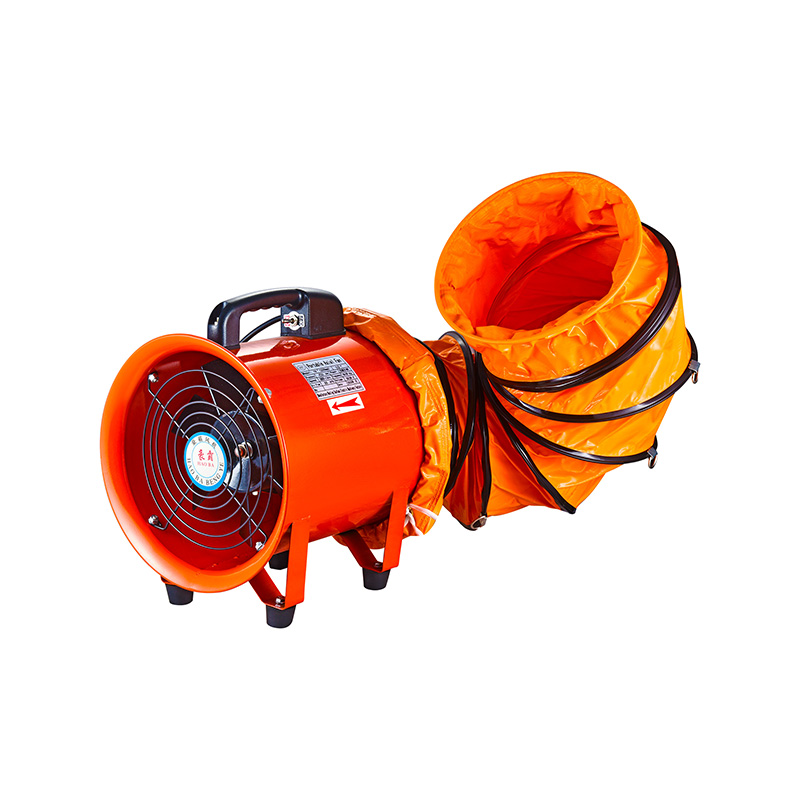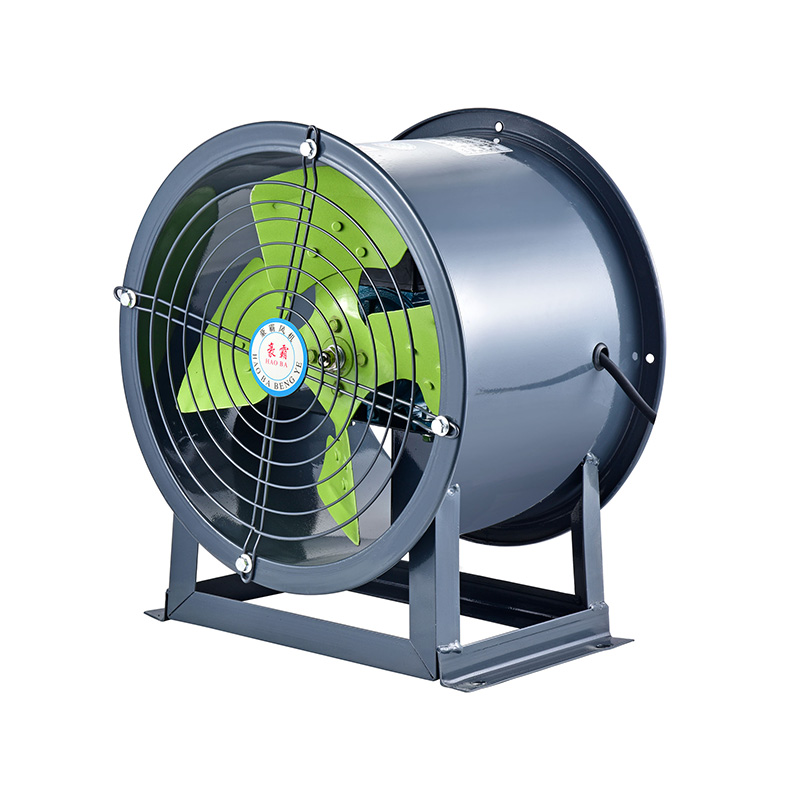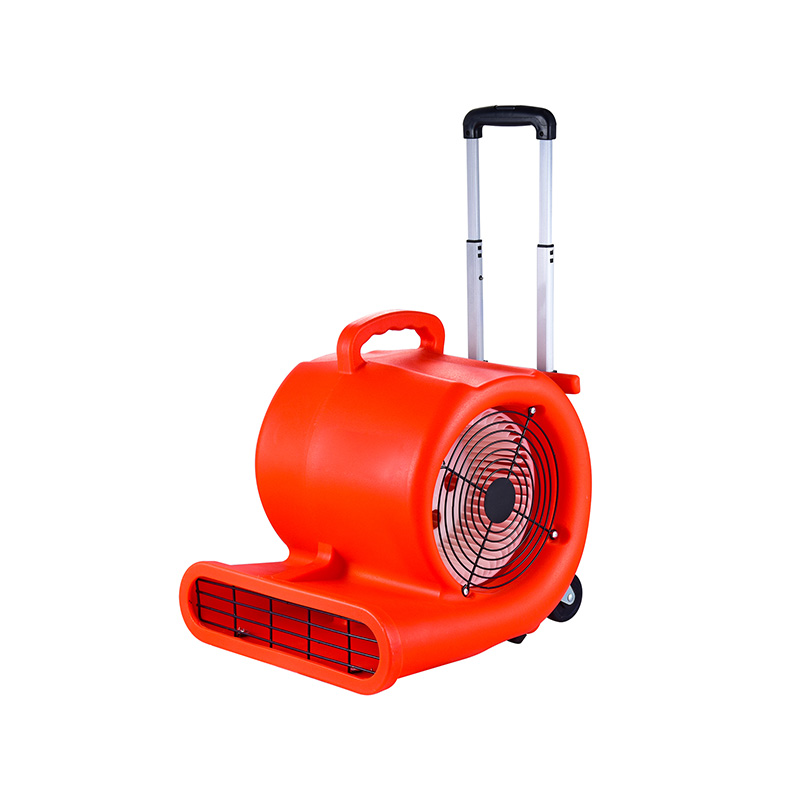Blow Floor Ventilator Solutions for Mixed Flow Systems
2025-10-17
When you combine a Mixed Flow Duct Fan with a Blow Floor Ventilator, you create a hybrid airflow system: the duct fan handles long-distance air movement and duct resistance, while the floor ventilator focuses on distributing air at low levels, near floors or working zones. To learn more about how to make them work in concert, let’s dig into the details.

Key Design Considerations & Common Questions
Below, we address common concerns and design criteria when combining a Mixed Flow Duct Fan with a Blow Floor Ventilator.
1. Sizing & Airflow Matching
Airflow balance: You’ll need to calculate how much airflow the duct system delivers to the point where the floor ventilator picks it up. The blow floor ventilator should handle that airflow (or a portion of it) without causing excessive pressure drop.
Pressure margins: The duct fan must provide enough static pressure to overcome the duct resistance up to the floor ventilator’s location, plus the additional resistance introduced by the ventilator itself.
Safety factor: Especially in systems with dust, filters, or fouling, allow a margin (e.g. 10–20 %) to cope with losses over time.
2. Duct Layout & Placement
Place the Mixed Flow Duct Fan upstream in a position that avoids introducing strong turbulence right before the floor ventilator. Use straight runs or gradual transitions.
Use dampers or control louvers near the floor ventilator to fine-tune local airflow.
Minimize sharp elbows or sudden expansions at the inlet of the blow floor ventilator to avoid airflow disruption.
3. Noise & Vibration Control
One common user concern is sound. Because you now have two separate airflow devices, noise from either can propagate into occupied zones.
Use vibration isolation mounts or flexible connectors between duct and fan.
Consider acoustic liners or silencers in duct runs.
Design both fans to operate below critical noise thresholds; choose blades and housings optimized for quiet performance.
4. Control Strategy & Modulation
You can place sensors (temperature, CO₂, occupancy) near the floor region and modulate the Blow Floor Ventilator accordingly. This allows localized control without throttling the main duct fan excessively.
A cascade control strategy may work: the mixed flow duct fan maintains baseline flow, and the floor ventilator adjusts for the final fine-tuning of airflow distribution.
5. Maintenance & Accessibility
Ensure both fans are accessible for servicing. The floor ventilator especially must be reachable for cleaning or impeller inspection.
Use quick-access panels or removable sections in the ductwork.
Implementation Tips & Ideal Practices
Start with simulation or CFD if the space is large or complex, to predict airflow patterns and identify dead zones.
Use modular design: separate duct fan and floor ventilator modules allow flexibility in assembly, replacement, and scalability.
Account for future expansion: if airflow demand might increase, design for headroom in both duct and floor ventilator capacity.
Monitor over time: include sensors to track actual airflow, temperature, or pressure and adjust your control logic accordingly.
When carefully designed, pairing a Mixed Flow Duct Fan with a Blow Floor Ventilator offers a powerful solution for ensuring uniform airflow from duct level down to floor level. The duct fan handles long-distance delivery and pressure, while the floor ventilator tailors distribution near the workspace. Addressing sizing, duct layout, noise, control, and maintenance will ensure that both fans work together harmoniously rather than interfering with each other.

 English
English русский
русский عربى
عربى









